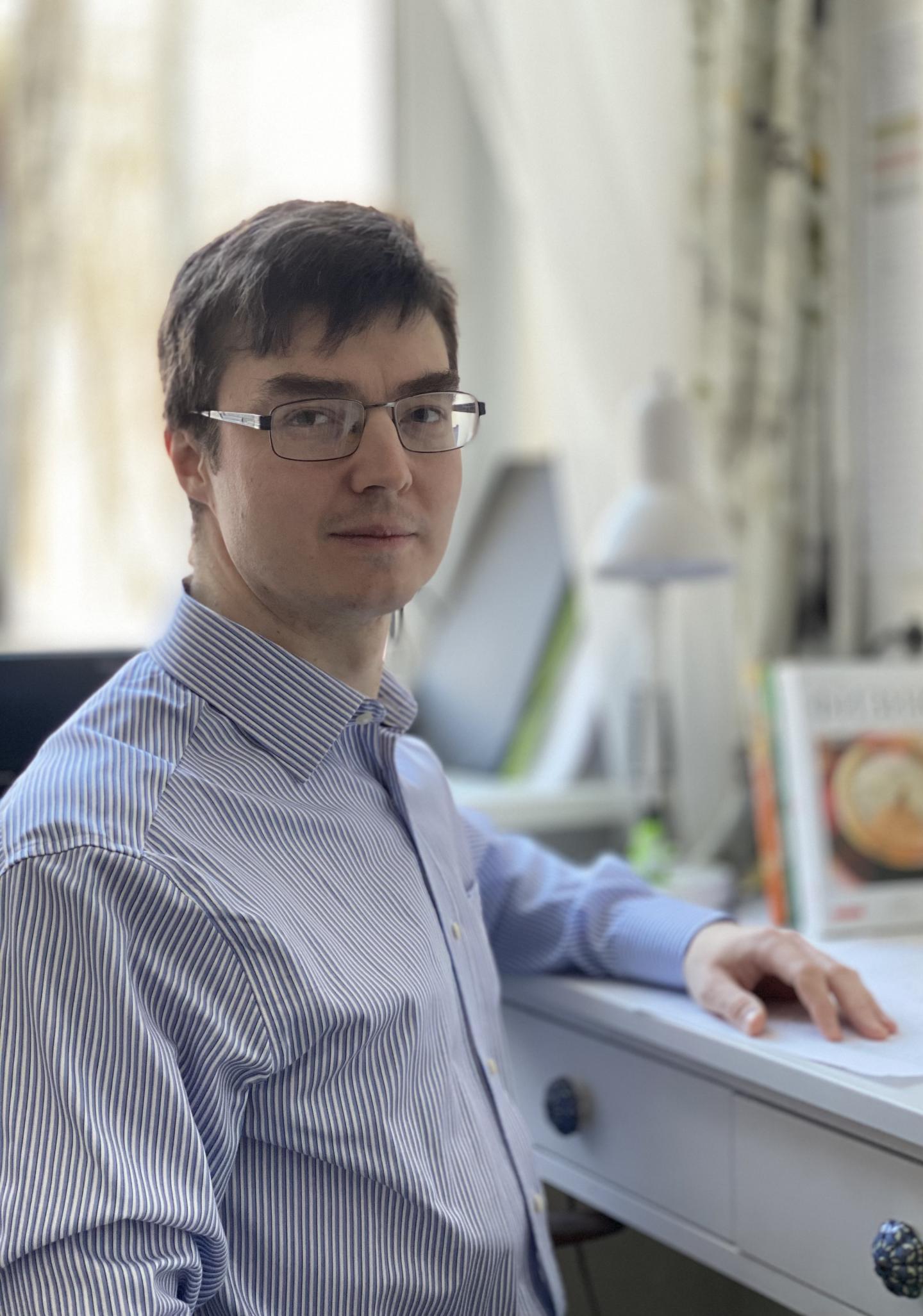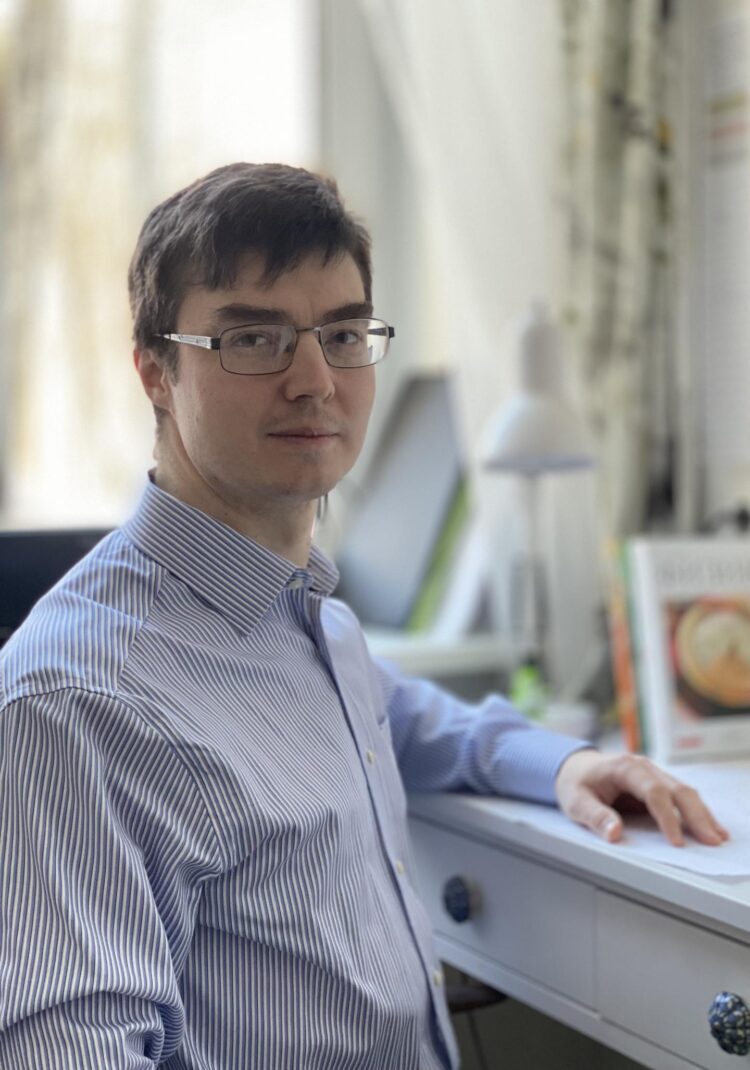
Credit: Oleg Lychkovskiy
A Russian physicist and his international colleagues studied a quantum point contact (QCP) between two conductors with external oscillating fields applied to the contact. They found that, for some types of contacts, an increase in the oscillation frequency above a critical value reduced the current to zero – a promising mechanism that can help create nanoelectronics components. This research supported by the Russian Science Foundation (RSF) was published in the Physical Review B journal.
A persistent trend in the modern electronics, miniaturization has spurred demand for new nano-sized devices that boast advanced performance and leverage quantum effects with electrons behaving as particles and waves at the same time. Of particular importance is precise control of charge transport by means of external electric and magnetic fields. This can be achieved in a tiny QPC comparable in size to an atom (several angstroms) and with just a few electron wavelengths fitting in. Such contacts can be obtained experimentally by connecting two massive electrodes with a layer of two-dimensional electron gas, i.e. gas with particles freely moving in two directions only, and then applying voltage to the plates. The higher the voltage, the larger the forbidden area for the electrons and the narrower the contact.
The authors did theoretical research on two conductors connected by a QPC subjected to external oscillating fields. The charge carriers in the conductors were assumed to have different initial concentrations. At low oscillation frequencies, the current at the contact tends to equalize the concentrations. However, the scientists discovered that, for a certain type of contacts, the current drops to zero and the concentrations are never equal at frequencies above the critical value. This provides telling evidence of a non-equilibrium phase transition ? a dynamic phenomenon which accounts for the fundamental difference between the system properties below and above the critical value of an external parameter, in this case, oscillation frequency.
“This striking effect is best illustrated by a simple example. Imagine two vessels filled with water and their bottoms connected by a tube. If the water levels are different, water will keep flowing from one vessel to the other until its levels are the same in both vessels. Now imagine that we shake the tube with a frequency above some critical value. Water will stop flowing and will never balance out to the same level. Of course, this does not happen to water in real life, but it does happen to electrons flowing through a quantum contact “shaken” by external electric and magnetic fields,” explains Oleg Lychkovskiy, a PhD in physics and mathematics and a senior research scientist at the Skolkovo Institute of Science and Technology (Skoltech), Moscow Institute of Physics and Technology and (MIPT) and V.A. Steklov Mathematical Institute of RAS.
This research can pave the way for new nanometer-scale electronic devices with a broad range of potential applications. Electronic devices and systems based on quantum effects are a promising avenue of research, considering that the Russian nanoelectronics and photonics market may balloon to 20 billion rubles by 2027.
###
Media Contact
Ilyana Zolotareva
[email protected]
Original Source
https:/
Related Journal Article
http://dx.





